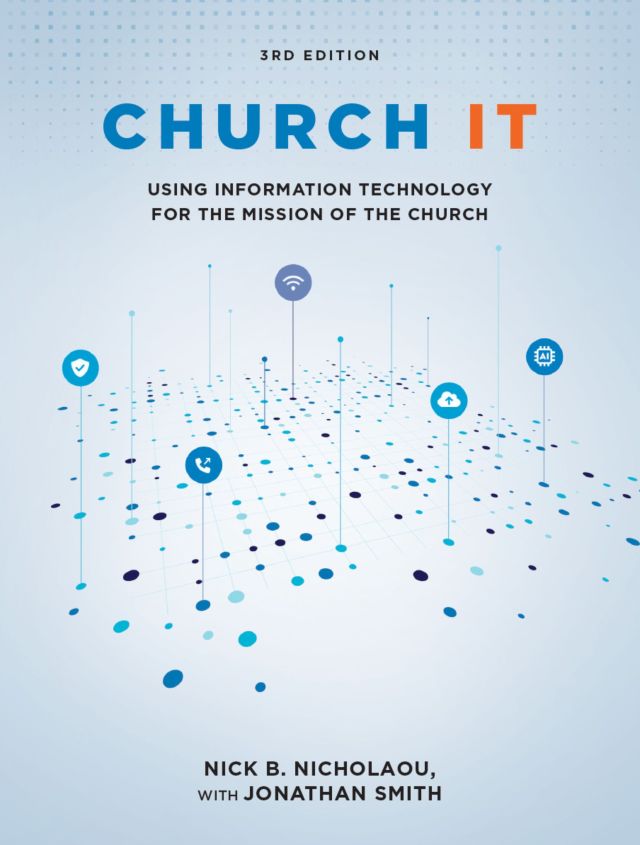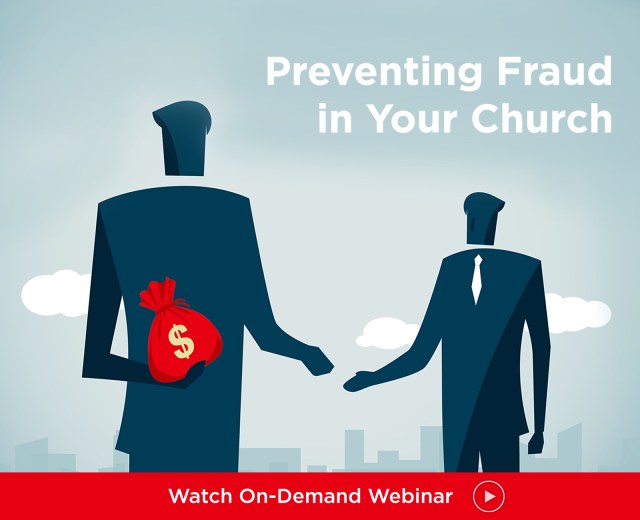• Can a person who reports a suspected case of child abuse be sued by the child’ parents after an investigation determines that no abuse occurred? That was the question before a California state court. A nine-year-old girl contracted chicken pox and was taken by her parents to a doctor for diagnosis and treatment. The doctor misdiagnosed the child’s symptoms as a venereal disease, and promptly notified county authorities while the girl was in his office. The same day, the girl was removed from her parents’ custody and was taken to a juvenile detention facility where she remained (without her parents’ knowledge) for seven weeks before being returned to her home after the county determined that the child was not suffering from a venereal disease. The parents sued the doctor for infliction of emotional distress, malpractice, and false imprisonment. They acknowledged that the doctor had a mandatory duty to report known or reasonably suspected cases of abuse, and that the child abuse reporting law granted “blanket immunity” to anyone filing a report based on actual knowledge or reasonable suspicion of abuse. However, the parents insisted that the doctor did not have enough facts to create a reasonable suspicion of abuse. Rather, he “jumped the gun” and acted with a “knee-jerk” response, and therefore was not protected by any immunity. The court agreed that the child and her parents were “traumatized by these events and suffered substantial individual and family distress.” However, it dismissed the lawsuit against the doctor on the ground that he did have enough evidence to create a reasonable suspicion of child abuse, and accordingly he could not be sued for damages resulting from the fact that his suspicion was wrong. This case illustrates the important principle that persons who report known or reasonably suspected incidents of child abuse generally cannot be sued if their suspicion later is proven to be false. The typical child abuse reporting law grants immunity to reporters in order to encourage reporting of reasonably suspected incidents of abuse as well as those that the reporter knows to be true. Cream v. Mitchell, 264 Cal. Rptr. 876 (Cal. App. 1989).
See Personal injuries—on church property or during church activities, Bender v. First Church of the Nazarene (Ohio App. unpublished opinion 1989).
© Copyright 1990, 1998 by Church Law & Tax Report. All rights reserved. This publication is designed to provide accurate and authoritative information in regard to the subject matter covered. It is provided with the understanding that the publisher is not engaged in rendering legal, accounting, or other professional service. If legal advice or other expert assistance is required, the services of a competent professional person should be sought. Church Law & Tax Report, PO Box 1098, Matthews, NC 28106. Reference Code: m10 c0390




